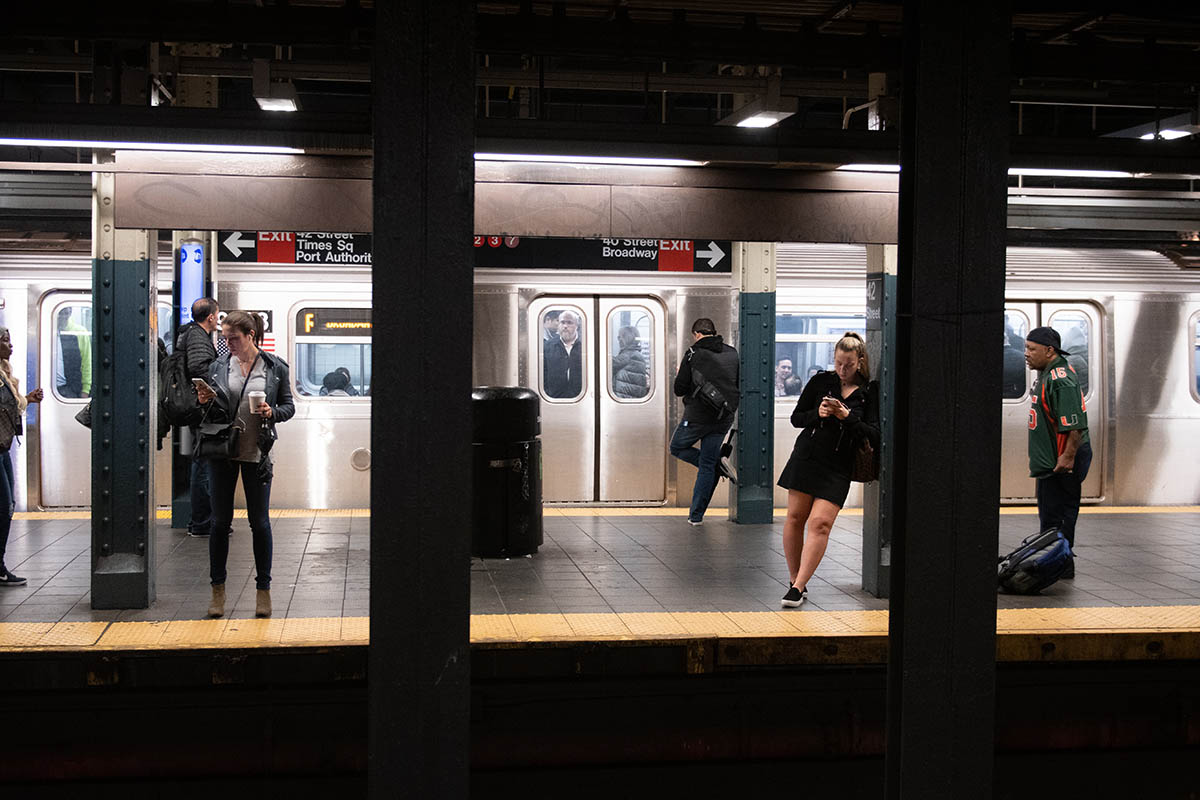
Will Fear of Public Transit Boost Car Sales?
*This post is based on data available in July 2020*
The way in which Americans move around is changing — and it has big implications for auto dealers.
As people return to a new commuting routine for both work and education, many are opting for the safety of personal vehicles instead of public transit.
The impact of COVID-19 is very apparent in recent sales surges for bicycles, boats, and RVs. However, the pandemic’s effect on vehicle sales remains unclear.
Right before the pandemic, Americans set record highs in average monthly payments for both new and used vehicles. But things took a sharp turn in March and April, creating a ripple effect on sales that is currently causing a shortage of used vehicles for dealers across the continent.
Is the Used Vehicle Shortage Related to Public Transportation?
According to a recent survey by Capgemini Research Institute, more than half of Americans say that they are less likely to use public transit in 2020.
But this increased fear of public transit doesn’t necessarily correlate with vehicle sales.
Capgemini’s research paints a less rosy picture for dealerships:
We found that 49% of consumers who are not considering buying a car this year say it is because they cannot afford to do so. Among the 18-24 and 25-35 category, this share rises to 57% and 51%, respectively. This number is likely to grow if the pandemic and economic shutdown are prolonged.
Recent guidance from health officials suggests that opting for personal vehicles can potentially reduce the risk of contracting COVID-19.
Jason Unrau of CBT News suggests that dealers have an opportunity to connect the dots between public transportation and used inventory:
Many of these [public transportation commuters] would look to low-cost, reliable vehicles that have excellent resale value and low impact on the environment. Particularly, the used car market with fuel-efficient models in spartan trim levels would be attractive as they’ve become accustomed to modest accommodations in public options.
Dealers could find success marketing lower price point models in areas where public transportation ridership is high. Compare the cost of car ownership with the cost of using shared mobility if it makes sense, showing consumers that the safer option is also affordable.
With this insight, it is important to acknowledge the economic factors that impact the habits of public transportation users. Your dealership may have an opportunity to help those with modest incomes by introducing them to budget inventory.
Why Used Car Sales Spiked During COVID-19
Despite the looming threat of an economic recession, the most positive news for auto dealers has been in the used vehicle sector.
According to the Wall Street Journal, used vehicle sales bounced back in the summer of 2020 after dipping 38% in April, when many states were shut down. In fact, used vehicle sales jumped 17% above expectations in June.
That jump in demand over the summer has created a vacuum in the wholesale used market, where values have soared. In turn, profit margins on used vehicles have slimmed.
Why not new vehicles? In its report about the trend of online sales, the New York Times credits a lack of transparency around new vehicle pricing:
Manufacturers give sales representatives leeway to cut prices to close deals, and customers know that the sticker price may not be the last word. Dealers resort to such discounts in part because other dealers in the area are competing to sell the same cars.
Some manufacturers prevent dealers from advertising the prices they would be willing to accept. For example, Honda typically requires dealers to advertise the list prices of cars on their websites, without taking into account discounts and incentives, [said Brian Benstock, general manager of Paragon Honda]. For some models, that means Paragon is displaying a price that may be up to $7,000 more than what customers end up paying.
This suggests that an online-only shopping environment is more comfortable for used vehicle shoppers simply because they can see the price upfront.
4 Actions Dealers Can Take Now
There’s no question that the pandemic will have a long-term effect on the automotive industry. While your dealership rides this roller coaster, we want to offer some actions your team can take now.
1. Invest in Digital Retailing
Vendors like Roadster and original equipment manufacturer (OEM) offerings like Shop. Click. Drive. are going to stick around. If you haven’t done so yet, increase the amount of paperwork that can be done from the safety of home so that more people feel comfortable buying from you. We feel strongly that this online sales process is here to stay.
2. Ride the 0% Wave While You Can
OEMs have certainly sweetened their deals during the pandemic. While the 0% financing boom has been profitable for most new dealerships, these offers won’t be around forever. Plus, people who may have been shopping for new vehicles before the pandemic are now re-entering the market.
3. Help Your Sales Team Help Leads Online
Whether or not online sales were part of your dealership’s process before the pandemic, your dealership is likely seeing a change in how leads interact online now. In our free downloadable guide, you’ll learn best practices to help your team continue to provide an optimal customer experience.
4. Audit Your Digital Presence
As used inventories continue to churn, and as new vehicle sales become more competitive, it’s important to understand your place in the digital realm.
9 Clouds has the resources and the time to help you sharpen your digital marketing strategy. Request a free no-obligation assessment today.
SIGN UP NOW FOR FREE »


![Human vs AI A/B Test [Spoiler Alert: Humans Win!]](https://9clouds.com/wp-content/uploads/2024/02/Volvo-dealership-1-600x388.png)


